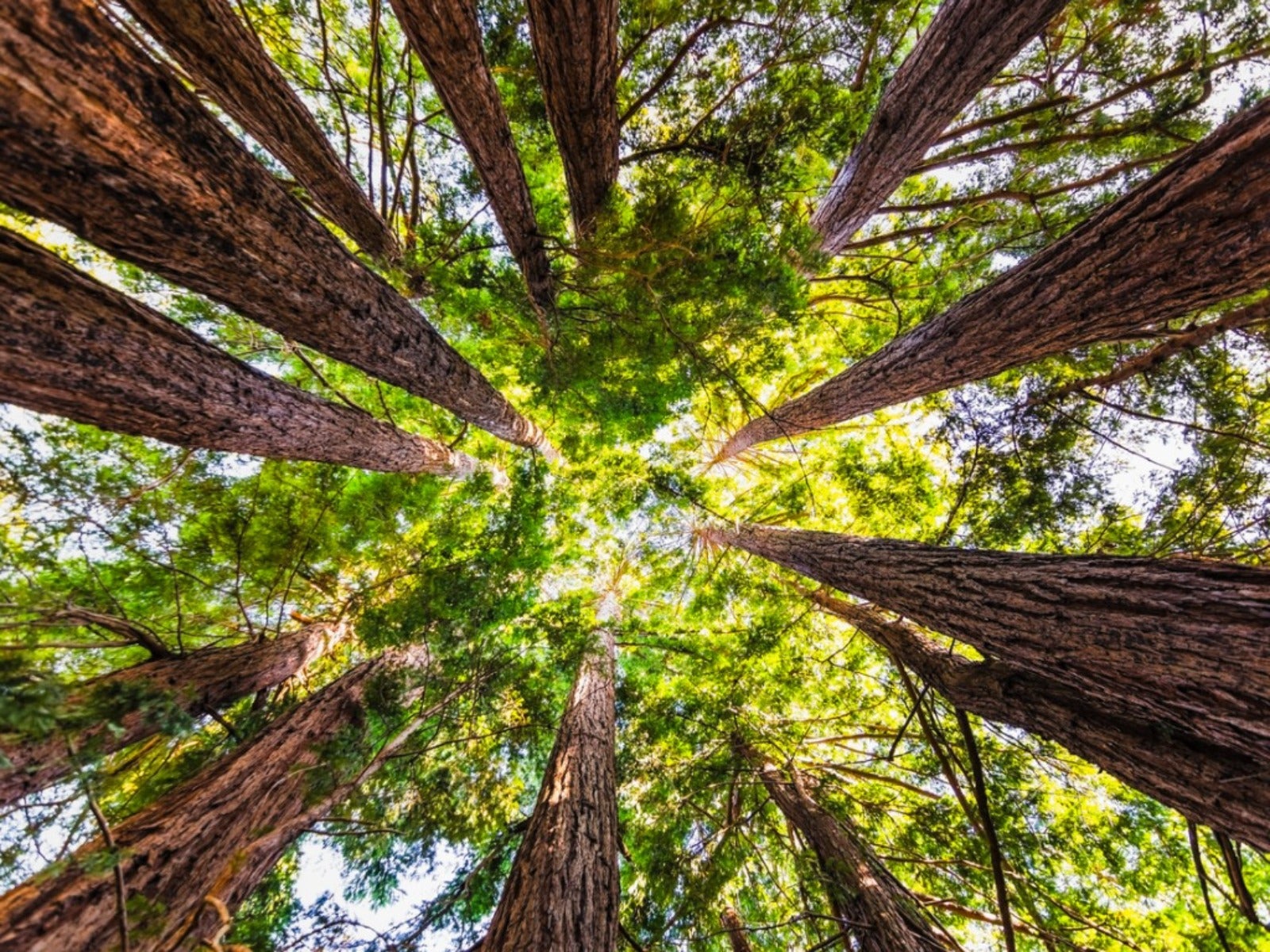Best Trees For Carbon Sequestration And Climate Change


We know that the carbon dioxide released by burning fossil fuels, such as in automobiles, has been one of the major culprits of climate change. Can planting trees help with climate change by carbon capture? And if so, where are the best trees to plant for this? Read on to understand the latest thinking on planting trees to capture carbon.
Climate Change and Trees
Maybe your backyard is already filled with trees and shrubs. There is certainly something compelling about foliage that sways and rustles in the breeze, offers shade in the summer, and welcomes birds and other wildlife into your garden.
But today there’s another reason to consider a plant-filled yard, and that is climate change. One of the best ways to combat climate change is to plant trees, shrubs and almost any plants, since they all are capable of removing carbon dioxide from the atmosphere. They do this as they photosynthesize sunlight into energy that they store in their wood, shoots, and roots.
Carbon Capture Trees
Trees are the biggest plants on earth, so they are also the champions of carbon capture. And, though different trees store different amounts, we aren’t talking about tiny reserves here.
How much carbon does a tree capture? A mature tree can absorb 48 pounds (22 kg) of carbon dioxide, the same amount emitted by a hybrid car driving 150 miles (241 km). According to the U.S. Forest Service, the trees in this country offset up to 20 percent of the U.S. emissions that are produced by burning fossil fuels each year.
Best Trees to Fight Climate Change
Not all trees will store the same amounts of carbon. Some are better than others when it comes to fighting climate change. So which are the best trees for climate change?
A recent scientific study established that the very best tree species in terms of storing carbon dioxide are California’s ancient redwoods. Acre per acre, redwoods store more carbon dioxide than any other forest in the world. This includes the Amazon rain forests.
Sign up for the Gardening Know How newsletter today and receive a free copy of our e-book "How to Grow Delicious Tomatoes".
California Redwood Trees
The study, undertaken by scientists at Humboldt University and the University of Washington, found that Redwoods store 2,600 metric tons of carbon per hectare (2.4 acres). This amount is more than twice the rate of the Pacific Northwest’s conifer trees or Australia’s eucalyptus forests. This amazing ability is related to their longevity.
But they aren’t the only “super trees.” A new study from Rice University evaluated 54 native trees to narrow it down to the best trees to fight climate change in city plantings. They came up with a list of the 17 “super trees,” topped by live oak and American sycamore. While live oaks were picked for their ability to soak up carbon pollutants, sycamore pulled in less carbon but also pulled in other pollutants, added with flood remediation and uses its wide canopy to reduce ground heat.

Teo Spengler is a master gardener and a docent at the San Francisco Botanical Garden, where she hosts public tours. She has studied horticulture and written about nature, trees, plants, and gardening for more than two decades, following a career as an attorney and legal writer. Her extended family includes some 30 houseplants and hundreds of outdoor plants, including 250 trees, which are her main passion. Spengler currently splits her life between San Francisco and the French Basque Country, though she was raised in Alaska, giving her experience of gardening in a range of climates.